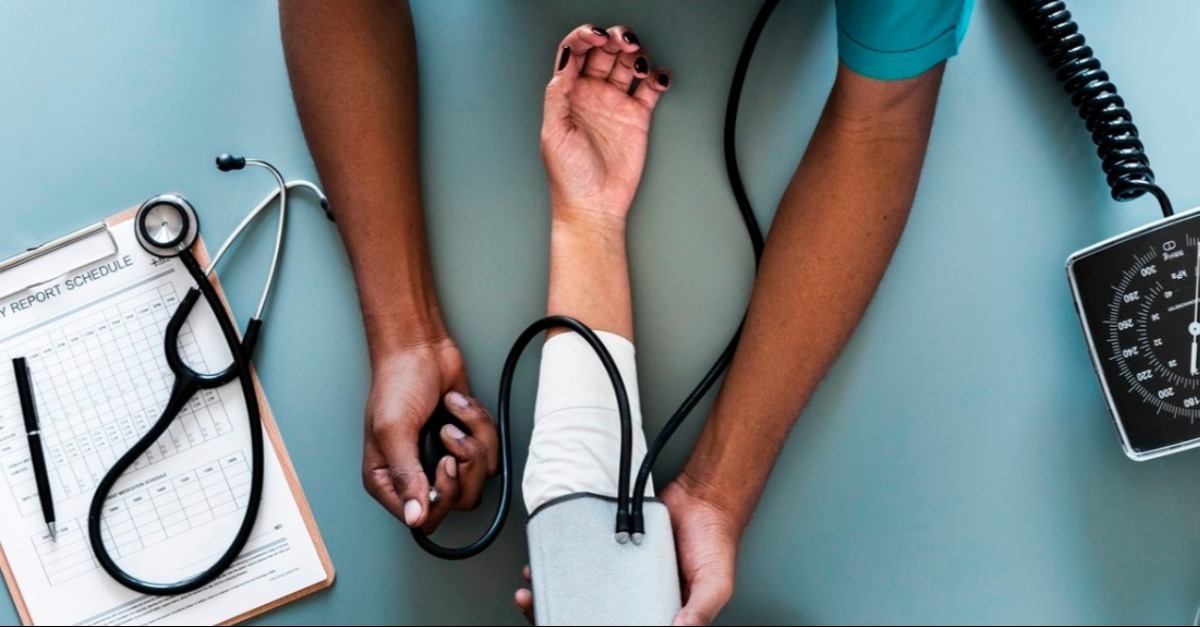
We’ve all been told that ‘health is wealth’ from the time we could first make first-aid boxes for school projects. Yet, as we grow up and start scheduling our own doctor appointments, we get a little careless with our physical and mental well being. The concept of good health doesn’t stem from getting ailments fixed on time, rather preventing them before disaster strikes! It’s also crucial to note that men and women, thanks to their bodies, have stark differences when it comes to contracting diseases. Due to which, there are ailments that you, as a woman, are more prone to because of your biological components. It’s true.
On the occasion of World Health Day today, we bring you a list of some of the diseases that affect more women than men around the world, and how you can spot the symptoms so that you can get yourself checked while sending World Health Day Messages to encourage your friends to do the same.
1. Thyroid

In India, 32% of the population i.e nearly every third Indian suffers from a thyroid disease of some kind, stated an Economic Times in-house study. It causes weight gain and hormonal balances, predominantly seen in women.
What it is: The thyroid gland is a butterfly-shaped gland that is located in front of the neck, below the voice box, and wrapped around your windpipe. The gland is responsible for producing vital hormones that your body needs to function. Conditions that affect this gland can cause thyroid disorders.
Symptoms: Some of the symptoms that can exist in both hypothyroidism and hyperthyroidism are fatigue, fine or thinning hair, menstrual cycle irregularities, muscle weakness and aches, to name a few.
2. Lupus
Women are affected more frequently than men, the stats being a shocking 10 women for every one man affected. Arthritis India stated in their research that the prevalence of Systemic Lupus Erythematosus (SLE) in India is estimated to be 30 per million people.
What it is: The immune system of a healthy body makes proteins called antibodies to protect and fight against viruses and bacteria. Lupus makes the immune system unable to differentiate between the bacteria and healthy tissue. This leads the immune system to direct antibodies against the healthy tissues as well, causing swelling, pain, and tissue damage.
Symptoms: It can range from inflammation, swelling, and damage to joints, skin, kidneys, blood, the heart, and lungs.
3. Sexually Transmitted Infections (STIs)
Not to say they don’t affect men, but studies claim that the probability is higher amongst women due to the texture and temperature of a vagina being an easier target for growth of bacterial and fungal infections than a penis.
What it is: Infections that are transmitted through sexual contact, including oral sex or contact with bodily fluids, are known as STIs. The most important ones are Chlamydia, Gonorrhea, genital and anal warts, Hepatitis B, genital herpes, Syphilis, HIV/AIDS and pubic lice.
Symptoms: More vaginal discharge than usual, pain while urinating or only urinating small amounts, pain while having sex, abnormal blood loss between menstruations or after sex, and ulcers, warts, blisters on the vulva or vagina, anus, or mouth, among others.
Also Read: Everything You Need To Know About HIV And AIDS
4. Diabetes
The association between diabetes and death by heart failure was stronger for women than it was for men, a study published in the European Heart Journal found. A Finnish study also found that in people with diabetes, heart attacks are more often fatal for women than they are for men.
What it is: Most of the food we eat is turned into glucose, or sugar, for our bodies to use for energy. The pancreas, an organ that lies near the stomach, makes a hormone called insulin to help glucose get into the cells of our bodies. When you have diabetes, your body either doesn’t make enough insulin or can’t use its own insulin as well as it should. This causes sugars to build up in the blood.
Symptoms: Increased thirst, increased hunger, and increased urge to urinate are the most tell-tale symptoms of a person who may have diabetes.
5. Breast Cancer
Cancer, one of the most dangerous threats to a woman’s health, for every two women newly diagnosed with breast cancer, one woman dies of it in India according to National Institute Of Cancer Prevention & Research. Although women have many more breast cells than men, the main reason they develop more breast cancer is that their breast cells are constantly exposed to the growth-promoting effects of the female hormones estrogen and progesterone.
What it is: Breast cancer starts when cells in the breast begin to grow out of control. These cells usually form a tumour that can often be seen on an x-ray or felt as a lump. The tumour is malignant (cancer) if the cells can grow into (invade) surrounding tissues or spread to distant areas of the body.
Symptoms: Lumps on your breasts, change in the shape or texture of your nipples, unusual discharge, rashes or change of colour of the nipples, slight swelling or change in shape of the breast are some of the signs you can notice.
This World Health Day, take an active step towards your well being and be sure to get yourself a full-body check up at least once a year. This includes your physical, as well as mental health. A stitch in time saves nine, ladies!
Images: Shutterstock, Pexels
Welcome to #BrandNewPOPxo – POPxo is now more fun when you sign up! App users, you’ll be seeing the change soon!
Read More From Health
Ananya Panday On Being Called ‘Chicken Legs’ and ‘Flat Chest’ In School & Why We Must Talk About It
Isha Jain